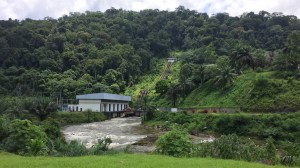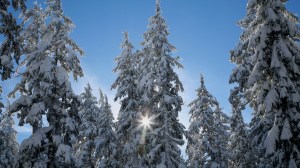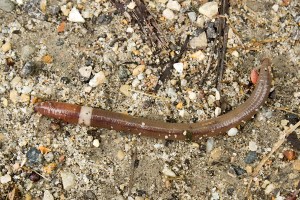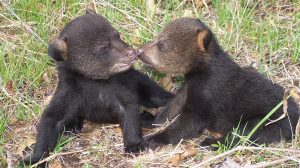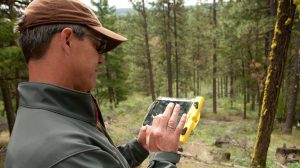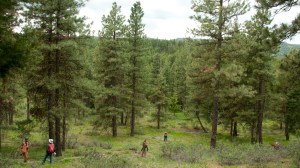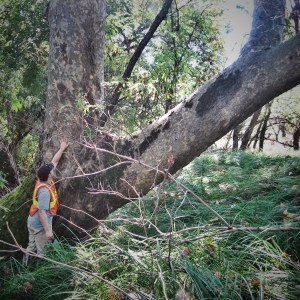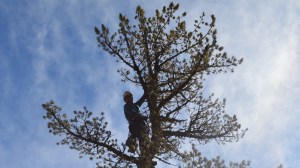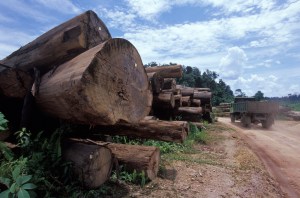Discover stories in Forests
The American Woodcock, And Why We Should Be Cutting More Trees
We all love old growth forests. But American woodcock need young forests. And they’re tough to find in the Northeast U.S.
The Power of a Healthy Watershed for Energy Security in Gabon
Can Gabon develop its energy resources in a way that provides for people and nature?
Holiday Tips: Don’t Spread Forest Pests with Your Christmas Tree
Your Christmas tree or wreath could harbor forest pests. Here’s how to enjoy holiday traditions without spreading invasive species.
10 Weird Ways You Could Be Spreading Invasive Species
From artificial Christmas trees to running shoes, we look at some of the ways you could be spreading invasive species.
Jumping Worms: The Creepy, Damaging Invasive You Don’t Know
Disturb a jumping worm and it’s like a nightcrawler on steroids. But put aside the creepy factor: jumping worms may be the next big threat to northern forests.
For World Orangutan Day, An Ambitious Plan to Save These Great Apes
Bornean orangutans were recently declared critically endangered. Conservationists see this as a call to action to improve forest management.
Recovery: The Great Teddy Bear Rescue
The Louisiana black bear is the original Teddy Bear. It’s also an example of how an “endangered species train wreck” can turn into a conservation success.
Technology to the Rescue for Foresters in the Thick of It
Managing forests to remain resilient through wildfire, drought, and forest pests in a changing climate is complicated. New technology is helping forest managers to restore forests to a healthy mix of spatial diversity.
Maintaining Healthy Forests Takes More than Planting Trees
Conservationists should plant more trees, but that’s not the whole story. America’s forests must be resilient to survive wildfires and invading forest pests in a changing climate.
Unraveling the Mystery of the Western Sycamores that Weren’t
The problem? As trees in some of their restoration sites grew to maturity, they didn’t look like the native western sycamores the scientists were sure they had planted.
Harvesting Whitebark Pine Cones to Save a Forest
Near the top of the Rockies, crews climb trees and risk danger to collect pine cones. But this isn’t an extreme sport: their work is key to saving one of the West’s iconic trees.
Mapping Reduced-Impact Logging with Lidar
Nature Conservancy scientists are using lidar ⎯ light pulses beamed down from airplanes ⎯ to map reduced-impact logging in Indonesia.

